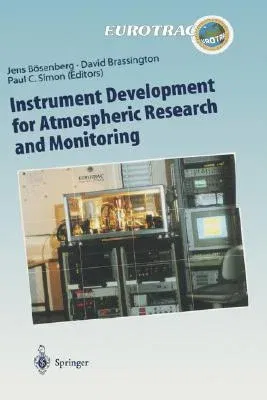Instrument Development for Atmospheric Research and Monitoring: Lidar Profiling, Doas and Tunable Diode Laser Spectroscopy (1997)Hardcover - 1997, 23 May 1997

Qty
1
Turbo
Ships in 2 - 3 days
In Stock
Free Delivery
Cash on Delivery
15 Days
Free Returns
Secure Checkout

Part of Series
Transport and Chemical Transformation of Pollutants in the T
Part of Series
Lecture Notes in Artificial Intelligence
Print Length
396 pages
Language
English
Publisher
Springer
Date Published
23 May 1997
ISBN-10
354062516X
ISBN-13
9783540625162
Description
Product Details
Book Edition:
1997
Book Format:
Hardcover
Country of Origin:
DE
Date Published:
23 May 1997
Dimensions:
23.39 x
15.6 x
2.39 cm
ISBN-10:
354062516X
ISBN-13:
9783540625162
Language:
English
Location:
Berlin, Heidelberg
Pages:
396
Publisher:
Series:
Weight:
762.03 gm